References
1997_ryanfredericklepesrubiosheldon
From last week’s consultation:
From the previous week
Objective:
To bring adults (age 20-39) outdoors.
The greatest thing that designing a product can do for me to create an attractive experience of being in the outdoors is – the ability to mass produce and customize a product to bring out a sense of novelty.
An incremental design on a product that is already available in the market will entice people who are passionate in the recreation related to the product to try it and use it. But it will merely enhance the experience: 1. for a small, niche group, 2. Until the next best product appears in the market.
Why design a physical product when I know the limitations it has in achieving the goal to bring people outdoors?
| Products | Services |
| Physical and tangible | Abstract and intangible |
| Detached Objects | Complex systems |
| Customizable (at most) | Obliged to adapt to constant changes |
| Have immediate value | Have value only when being used |
| Produced by a specific manufacturer | Created by a set of individual departments |
Moving on, will designing a product limit me to customisable products at maximum?
Or will a product be able to meld with on-site and off-site screen based experience to fulfil the other objectives of organisers or boost their portfolio in terms of sustainability, sustainbility etc. ?
Taste and preferences of millennials:
Adventurous, Wanderlusty, Experiential retail, Willingness to encounter danger or risks in pursuit of enjoyment.
What brands are millennials attracted to? (Possible case studies)
REFERENCE ARTICLES
http://www.inc.com/john-rampton/10-snapchat-brands-that-are-doing-it-right.html
http://blog.hubspot.com/marketing/instagram-best-brands#sm.00004er3l515agf9osbvlqch1d33w
http://www.forbes.com/sites/micahsolomon/2014/12/29/5-traits-that-define-the-80-million-millennial-customers-coming-your-way/#783ebe72a81f
Idea One: From Microblog to Blog – A Seamless Story
Observation: Many platforms for microblogging for different types of social media. Why do people microblog?
Storytelling is a challenge with most social networks because of their very short content formats, making it difficult to “Tell a Story” with 1 photo and a few characters.
Approaching microblogging in a different way: How many social media-related phone applications do people keep on their smartphones? Most would have Youtube, Facebook, Instagram since these are the free applications that have achieved more than 1 billion downloads. How do people feel about fragmenting their information across various social media platforms? How can I create one seamless story?
(Questions: What are the social media apps that you use? How do you keep note of your social media footprint? How do you use social media, including messaging applications?)
Interviews Person A: Uses Snapchat, Twitter, Facebook, Instagram, Skype, FB Messenger, Bleep, Boomerang, and Wire. Finds that it is cumbersome to keep note of his social media footprint, especially for confidential information. Has a preference to be able to time bomb messages for confidential info at work, and that is a means to remember.
WIP
Microblogging Platforms
There are several POV to this issue of rewarding people by using fun as a motivation. What a person defines as fun will be difficult to measure against what others define as fun.
WIP
Idea Three
Observation: It is getting harder to find a canteen stall with completely clean cutleries.
Problem: Hygiene issues, less peace of mind when picking cutleries, some hawker centers recognise that it is a problem, and solves the issue by dispensing disposable cutleries. Environmental issues as a result.What do users do when they meet with unhygienic eating conditions?
What do users do when they meet with unhygienic eating conditions?
Person A: Puts the dirty utensil on the table, and returns for a cleaner piece. If it remains dirty, wipe with a piece of tissue or opt for disposable utensils.
Person B: Brings own home utensils or disposable utensils.
Person C: From prior experience, if they know that the utensils for one place are dirty, they will opt to switch places to eat next time, or opt for takeaway so that there will be disposables to use.
Levels of experience with using dirty utensils:
Wipe the utensil > Pick another utensil > Return for a disposable one > Opt for takeaway > Change eateries next time
Proposed solutions:
“Creativity is just connecting things. When you ask creative people how they did something, they feel a little guilty because they didn’t really do it, they just saw something. It seemed obvious to them after a while. That’s because they were able to connect experiences they’ve had and synthesize new things.”
-Steve Jobs
The gameplay of these toys starts by making questions and attempting to answer those questions.
Lego
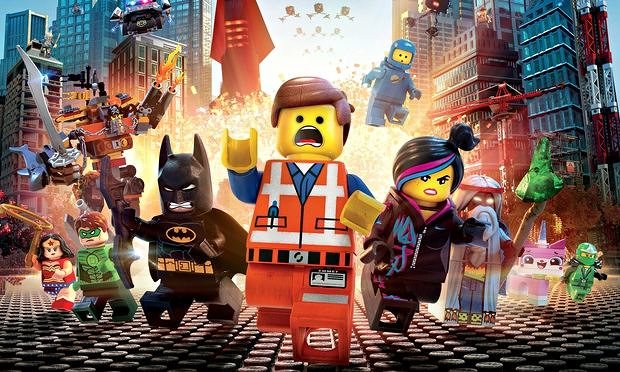


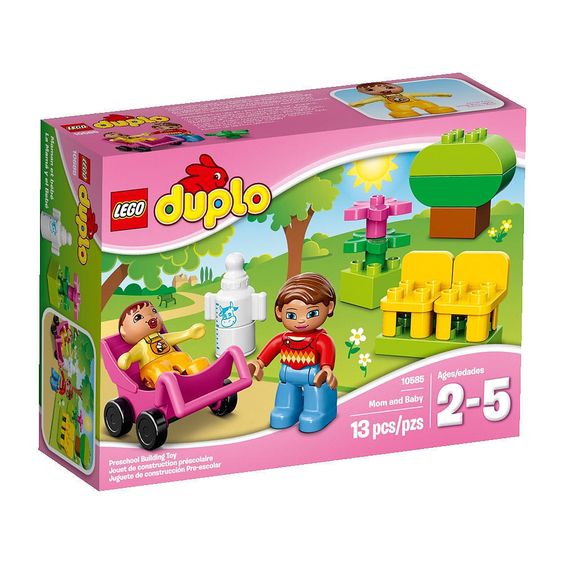
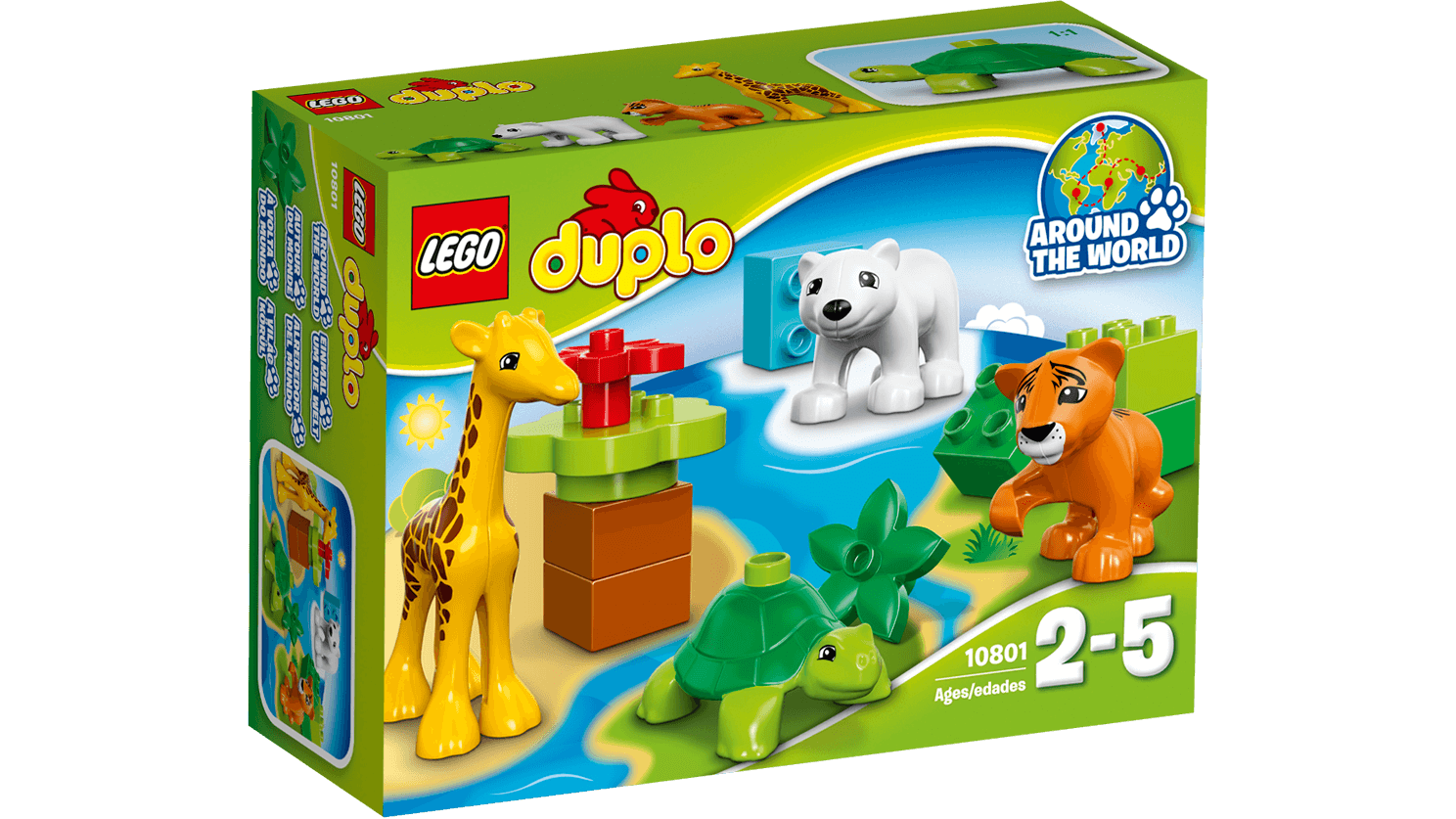
Articles
How Lego became the Apple of Toys
EverBlock Systems
EverBlock Systems was formed to make it easy for companies and people everywhere to build large sized objects using a series of universal building blocks. We manufacture, sell, and rent EverBlock® globally and are building a world-wide network of agents, renters, and distributors.
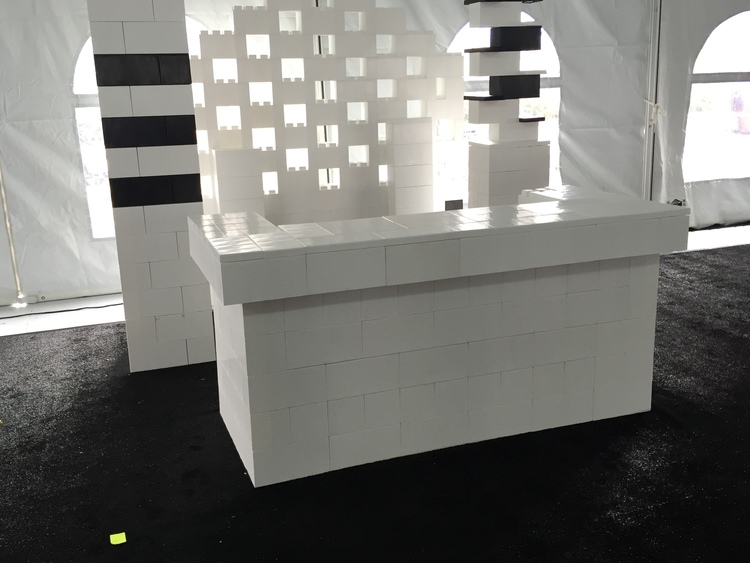
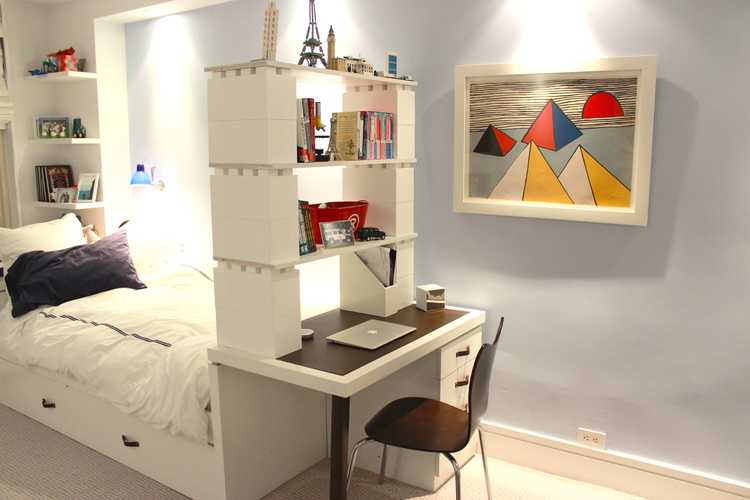
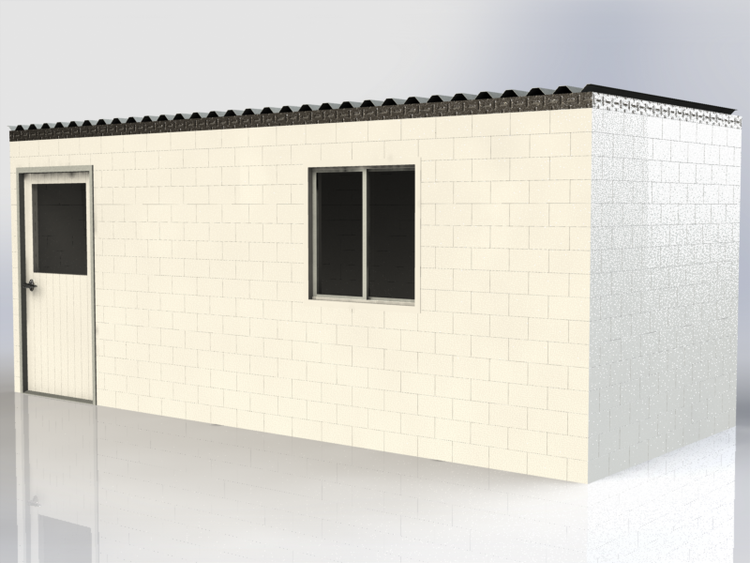
Meccano
Meccano Outfit 0: One outfit, many possibilities: 1954_manual_outfit_0
Articles
Application of similar concepts in life-sized situations
Part 1: Write a response to the exhibition “Future World”. Keep in mind the following questions – What is experience design and what are the possibilities of responsive environments? How might this change the way we think about the world around us and the ways that we communicate with each other?
The Future World Exhibition displayed user-centric installations and is directed to educate and inspire viewers to impact their environment through play and exploration.
It emphasized on cultural differences in user experience. From Circulum Formosa to the 100 Years Sea, the developers explored the differences in space perception through paintings of Western and Eastern origin. Although the differences require some attention to differentiate, it is insightful to understand why some visual design work better than others. Cultural specific problems begets culturally relvant solutions to produce user experience designs which speaks to the user. One-size-fits-all solutions to context-specific (cultural) designs may not have the same degree of impact. Placing these two projects at the start of the exhibition seems like an opening statement to the rest of the exhibition to me – to be part of the “picture” or the environment and experience, rather than be a viewer at the side.
Play, however, seems like a common language in many context when it comes to experience design. Most exhibited works at the Future World gravitate around learning through play. Playful activity inspires engagement. (Create! Hopskotch for Geniuses and Light Ball Orchestra)
User experience is a system of cause and effect.
Action > Result that might trigger another chain of actions > Feedback
Interactive media provides responsiveness through the immediate feedback it gives. Immediate feedback can assure us of the things we do, discourage, encourage, help us better understand information the environment is trying to convery to us, our actions on the people and places we go to, etc. Information can be subconsciously registered in our minds (refer to video shown to the class on Week 6), and excessive information may confuse, cause miscommunication and distress. (I remember something vaguely about the ripple lines on the ceiling of a home which reflects the amount of people in another location.) How easily does one person link up and interpret messages that the responsive environment is trying to convey? Designs may speak to somebody born and raised in natural environments, or they might mean completely different things. For someone born into the age where responsive environments are in prevalence, will they need a baseline to understand most things?
For reference: Responsive environments: a manual for designers by Sue McGlynn, Ian Bentley, Graham Smith (1985)
“The design of a place affects the choices people can make, at many levels:
Part 4, Reading: CH01_Digital_Age_Goodwin.pdf
The first chapter of the Digital Age by Goodwin focuses on defining design and goal-directed design. Goal-directed design allows designers to do what they do best by creating. The tools – (the 4Ps) Principles, Patterns, Processes, and Practices – helps ensure that the design effort is not in vain by making thought process transparent to the rest of the team (design, engineering, business).
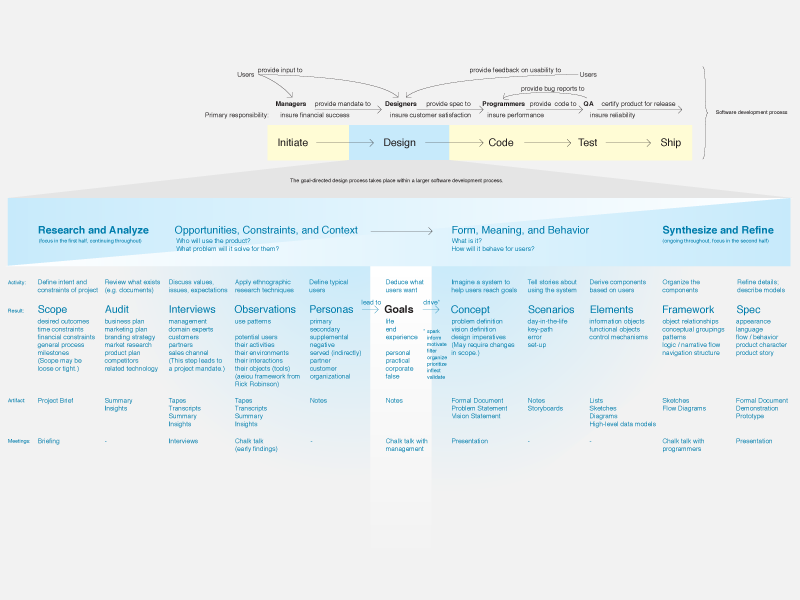
Some design offices are built with an open concept workspace to encourage interaction between departments and for meetings, and most use Skype, Slack, Whatsapp and other applications to facilitate communication at all times. Sometimes it may be difficult to manage in terms of decision making in the business, design, or engineering processes. Apart from keeping the core team and departments small, how can companies ensure that they are moving from department to department and within departments with as little friction as possible?
Are there any good metrics to decide whether a company is effective and productive in implementing goal-directed design? Eg. The amount of time spent on a project, the amount of idling time within each department, productivity etc. Every project’s brief is different and is subjected to manpower and other factors. Although different, it is important for metrics to understand if the design is worthy of or unworthy of the time before it is taken up.
Goal-directed design comes with higher risk of diving into depth more quickly rather than the breadth of any project. How can companies ensure that they are on-point and making the best decisions within their context? Sometimes when ideas get stuck, there is a need to take a step back.
WORK IN PROGRESS
Part 2: Start to work on final project proposals – prepare three ideas for a screen-based experience that you’d like to create (it can be speculative). Prepare a slide show to illustrate your ideas. The ideas can be based on any of the field trips done so far or can be something completely new.
Part 3: Find 3 examples of a product/project that you think are good examples of thoughtfully designed user experience. Be prepared to support your choices.
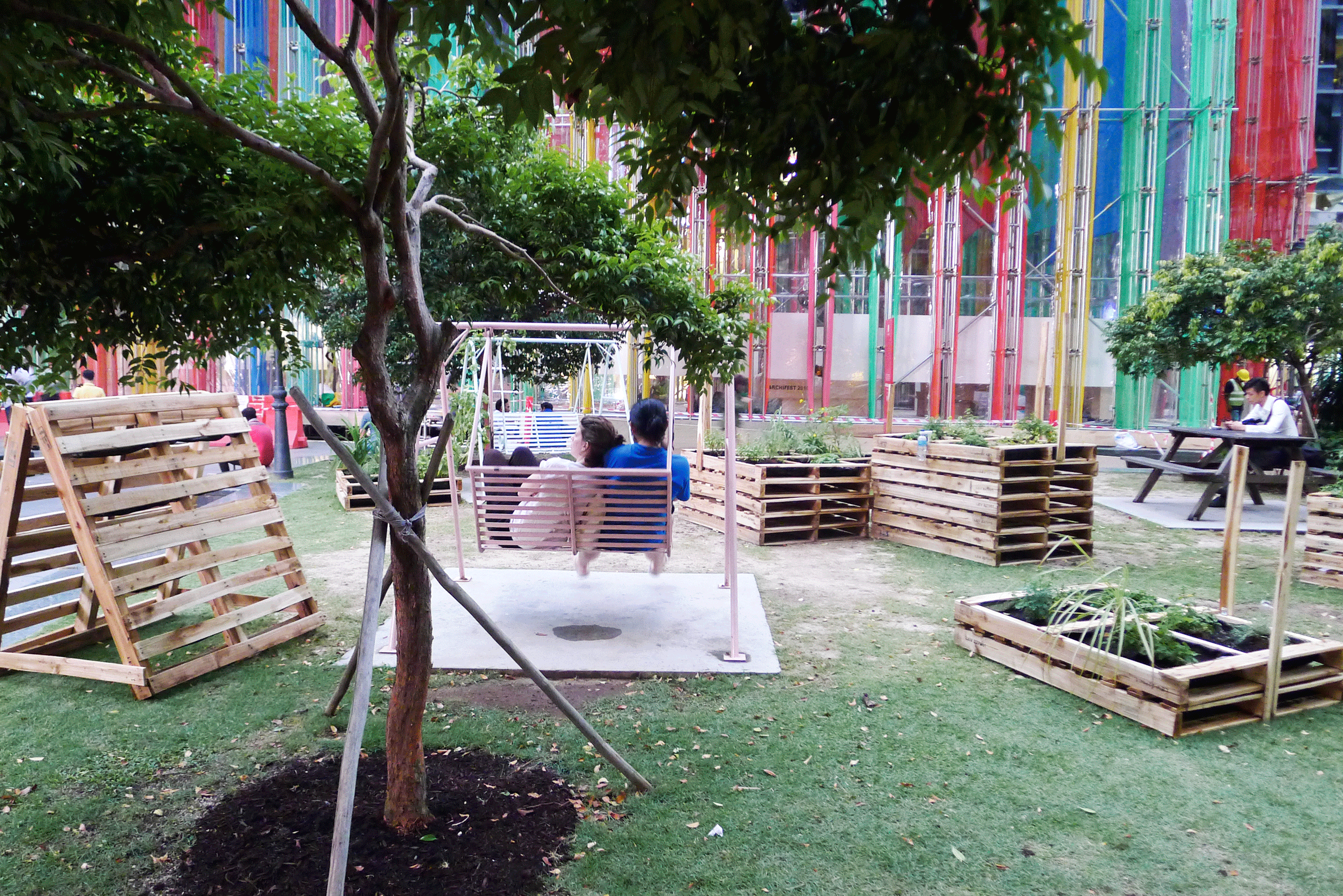
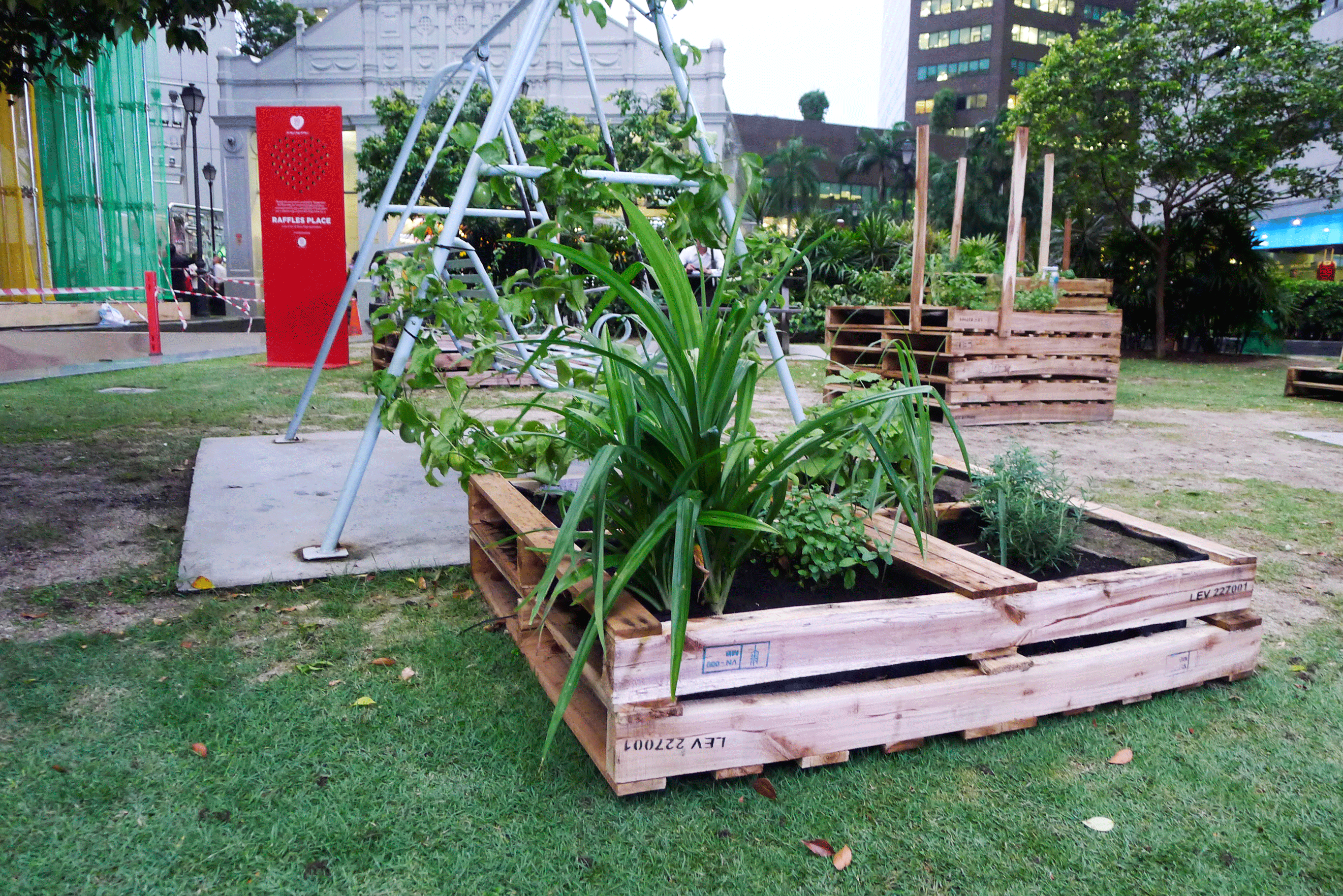
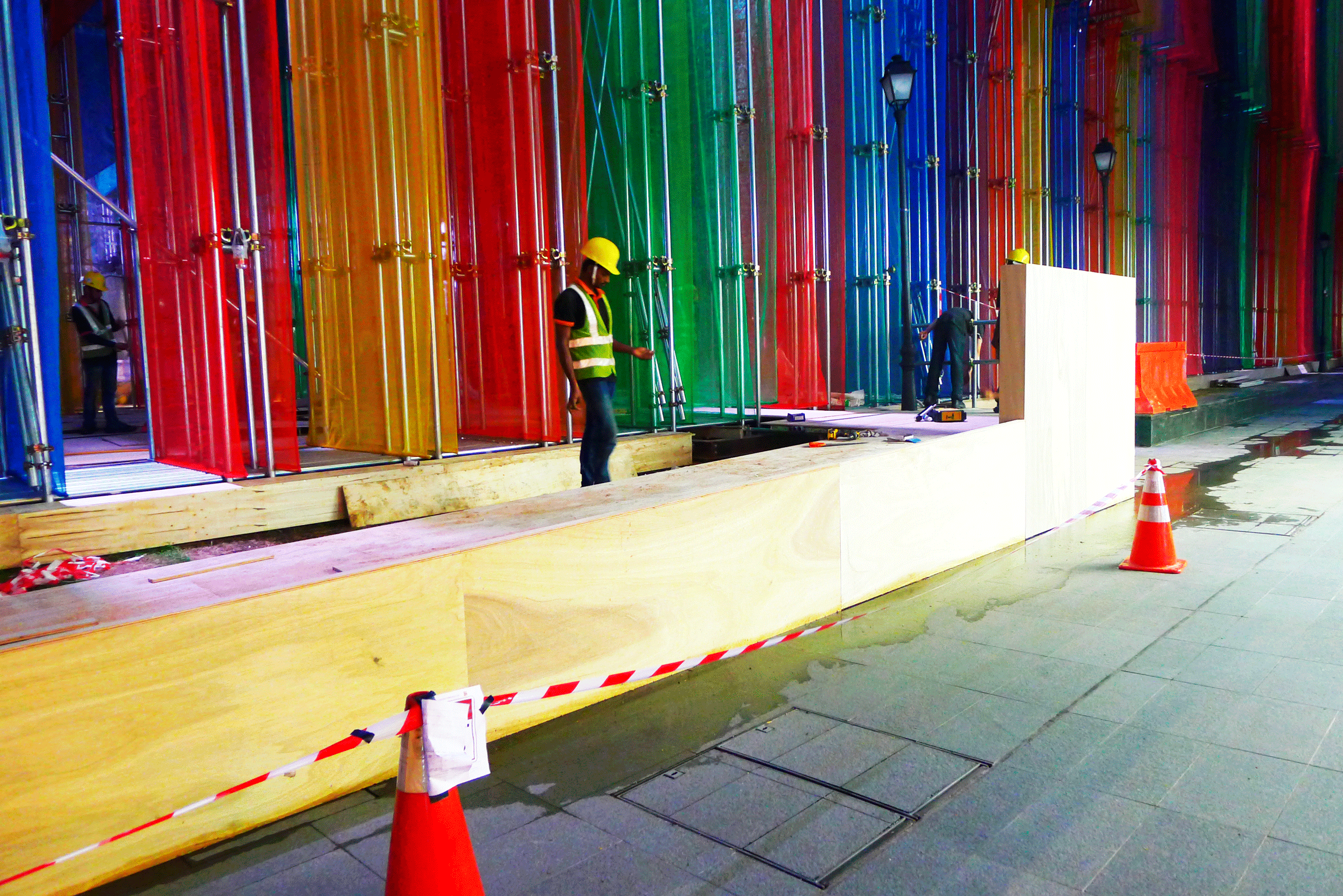
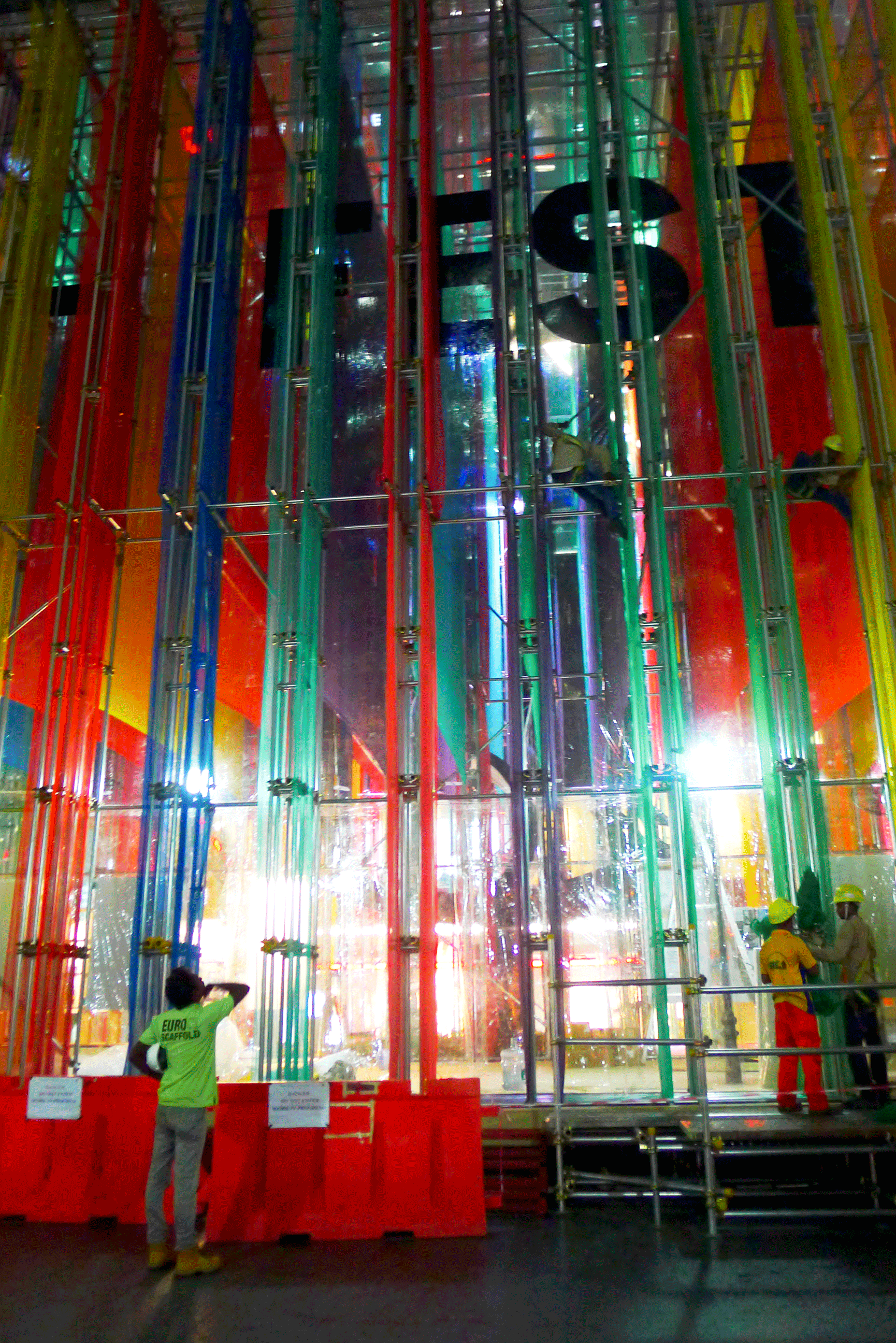
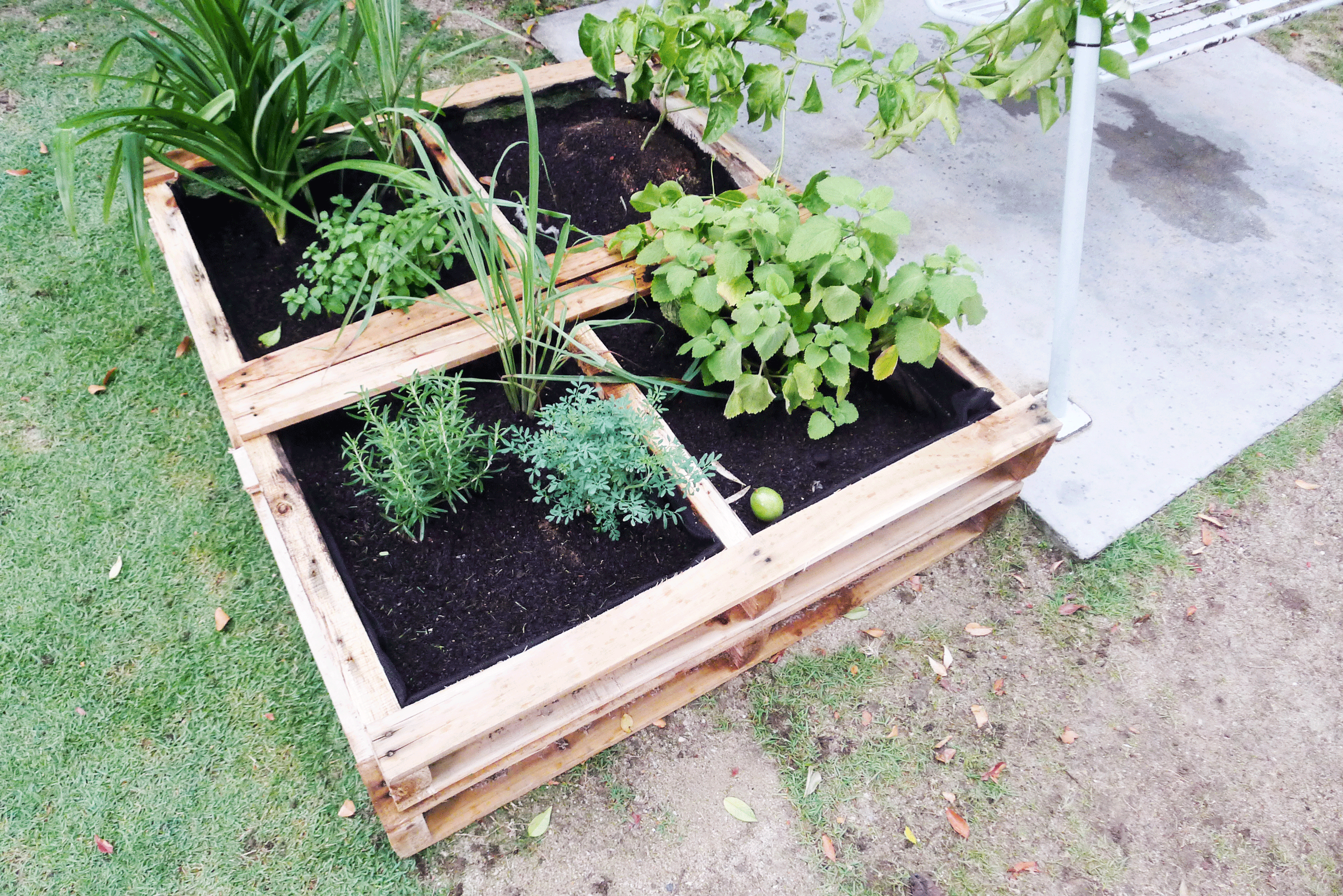

Building on what is available as an outdoor leisure in urban space:
Safety is an issue in setup;
Multiple layers of engagement after drawing someone into the location to interact with it, how do I make people dwell a little longer? How much privacy shall it give to encourage different types of people who want to interact less? ;
Aesthetics: even when the work is in progress, it is designed to look aesthetically photogenic and interesting, the process of setting up leads up to the opening of the show.
This article is highly relevant to my choice of topic of outdoor recreational activity for young urban professionals, by providing me with keywords and boundaries to the define the scope of my project. This article is most relevant if my product is about creating a product which intentionally creates fun.
Free running is an emerging lifestyle sport which uses urban architecture as a means for purposive action. It is expressive and acrobatic. Although it is not the sport for everyone (most interpretations consists of a strong body and lots of energy), it fits the requirements that my project requires – for young urban professionals living in urban cities on a micro-adventure at any time, anywhere. Free running contributes to sport as a contested practice of cultural space, public life, and urban community.
Without formal rules and with many diverse styles, it allows a great freedom of interpretation. Adventurers choose their path, the movement, the speed and obstacles and decide on the techniques needed to negotiate obstacles. It is a means of way-finding.
Space can be reinterpreted in creative ways, which upsets power relations in urban settings. Quoting a participant of the survey:
Urban environments are designed for one of many uses, but the aim is to restrict, direct, and slow movement. I try to practice in areas that restrict and slow me as much as possible – it appeals to my sense of defiance against all those who designed the environment to restrict and control.
An urban space does not have to be physically modified, or drastically modified to allow new interpretations for adventure seekers. By working with the current urban landscape, new experiences can be created as well.
Perhaps at this point in time I am questioning myself about what I want to achieve from this project – a radical approach to designing an outdoor product to encourage fun, or an incremental approach, to enhance current experiences in urban outdoor activities by first picking out an activity which is could be re-interpreted to bring more joy than before.
For creating radical experiences and products to facilitate this, the article offers insights on what free runners look for in their sport, and the same ideas can be applied for most adventure seekers. It is a minimal requirement for sporting activities to provide a bodily experience and an interactive experience to be wholesome.
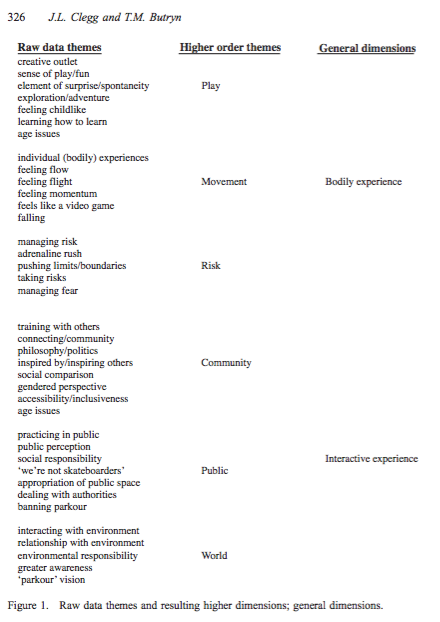
Participants described the sensations of doing parkour or freerunning from a subjective, first-person perspective. Three major themes emerged from participants’ descriptions of bodily sensations: play (general description), movement (specific description) and risk.
Article Abstract
The purpose of this investigation was to explore the embodied experiences of practitioners of parkour and freerunning. Phenomenological interviews were conducted with 11 (9 male and 2 female) intermediate-to-advanced traceurs (parkour practitioners) ranging from 18 to 33 years old. Specifically, Merleau-Ponty’s phenomenological approach, which focuses on bodily perspective, was used to uncover and describe the meaning of these experiences. Following lengthy in-depth phenomenological interviews, two dimensions emerged: bodily experience and interactive experience. Several supporting themes also emerged, including play, movement and risk within the bodily experience dimension, and community, public, and the world within the interactive experience dimension. The findings of this study provide new perspectives of the experiences and meanings associated with participating in parkour and freerunning, and both support and contradict previous academic work on parkour.
Article: an-existential-phenomenological-examination-of-parkour-and-freerunning
This is a one-day event. The Urban Wheels Challenge is organized by MediaCorp’s OOH Media, and it is a cycling competition with a challenging course designed to mimic the outdoor terrain in an urban setting.
Building up from last year’s inaugural challenge, this year’s cycling event throwbacks to the basics of mountain biking, engaging and introducing to the public about the sport. In line with this year’s tagline “Make Your Mark”, organiser also aim to encourage first-timers to contribute to the vibrancy for this sport by experiencing the thrills and adrenaline rush of an urban gravity race in the heart of the city.
Organizers were keeping barricades and tidying tents and clearing stocks of free gifts while I watched.
OBSERVATIONS

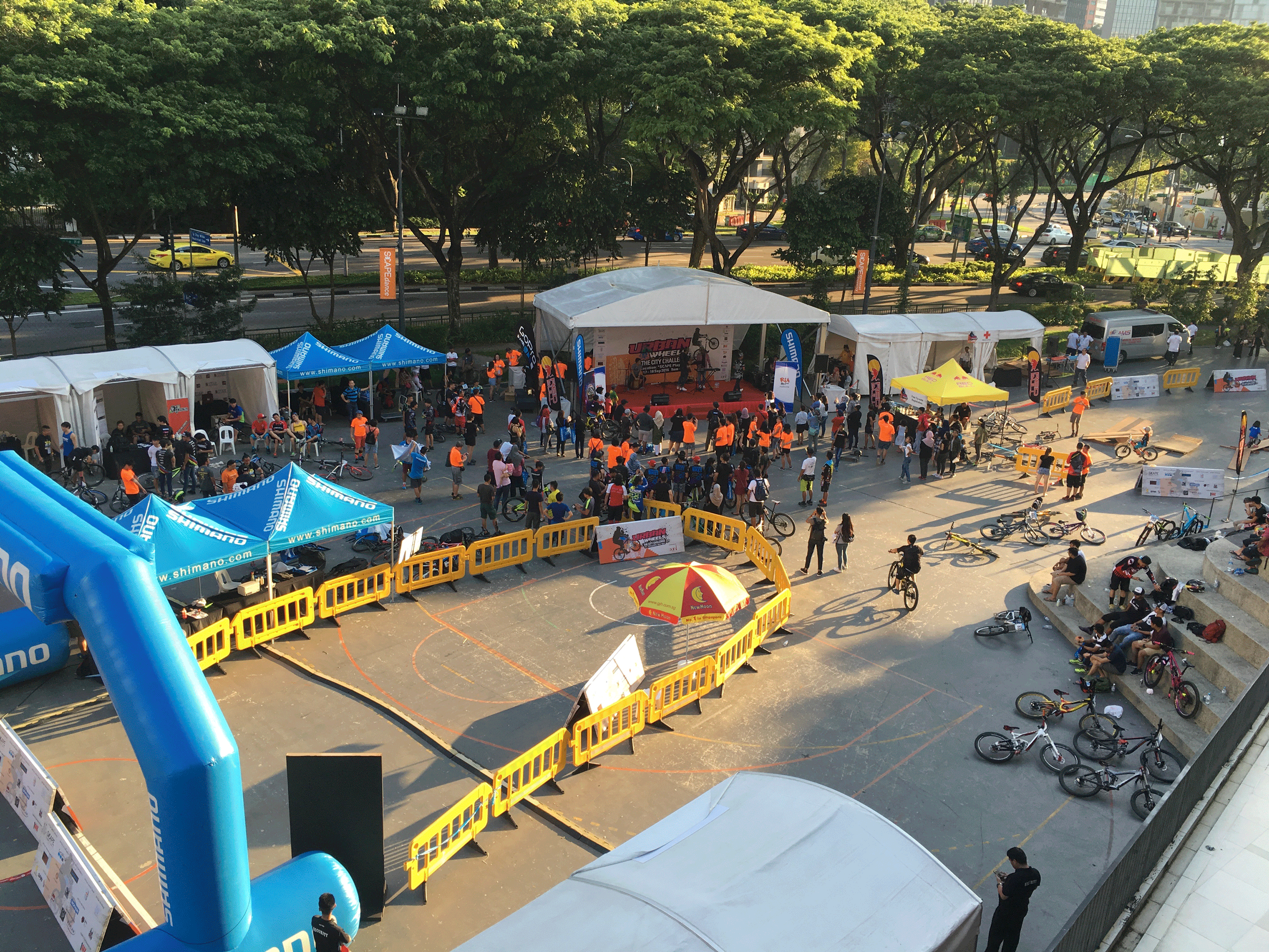

Over a two-day period, do the following:
DAY 1 – create a diary of when, why and what you use your mobile device for. Observe how others are using their mobile devices. What are the most common uses and where do you see these behaviors?
Day in NTU
AM 6.45: My mobile phone woke me up with the sounds of my favourite ringtone, I kept it quiet for another 10 minutes. Woken up from my slumber, I picked my phone lying right next to me and brought it to the bathroom, and proceeded to play Spotify’s Wake Up playlist while I prepare myself for the day.
AM 7.30: The alarm rings again to tell me that I should be leaving the house.
AM 8: I peeped over the shoulders of others using their phones while I prepared myself for presentation with the Notes in my phone. They were: scrolling through articles, reading social media updates. Most had their headphones plugged in. In all honesty, the sight of people “plugged into” the worlds within the tiny screen looks frightening to me. I was guilty of being one of them. However, I made no notice of that.
AM 8.30: I got a seat after transiting trains, finally, this time, the train direction is towards the suburban areas. Whipping out my laptop, I read some files which were too large to fit into my phone and then proceeded to edit them. Engrossed in my work, I glanced up to notice that most middle-aged men and women were looking out of the windows. Perhaps on my earlier train ride on the northeast line, people were drawn to use their phones because there was no engaging window view. Some were catching Pokémon.
AM 9.30 I touched my phone to receive updates from my messages. When I did so I zoned out into my own world. Guilty of distraction.
PM 12 Brought my phone out for lunch. When I am engaged in talks, I glance occasionally glance at the updates. But do not reply them.
PM 3 I thought I replied the messages I have received. But I didn’t. So I replied all of them.
PM 4 I used my phone and laptop to buy equipment online from the US and SG warehouses. Mobile phone to contact the suppliers for immediate information, and it was done within 10 minutes.
PM 5 Proceeded with my friend to town to get other materials for a freelance job. Used my phone to check for opening hours of the shop I intended to go to. At the shop, I sent pictures of items to my friends so as to allow them to see and know what I am purchasing.
PM 8 Going home alone, I gave myself into Instagram, Facebook, Twitter, Dayre, Spotify, Soundcloud, and online shopping for an outfit for an event.
PM 9 onward: I almost do not touch my phone for other purposes other than to chat with my friends on Whatsapp and FBM. My staple device at home is my laptop. I spend most of my productive hours using my laptop for school assignments and projects, and an occasional dose of video streaming on couchtuner.com and youtube.com.
My mobile devices maximise my productivity. I’m rarely satisfied and constantly crave for more information, I feel distracted. When I felt unmotivated, I look for connection and fresh information to stimulate my mind. Mobile technology provides me with the internet almost all the time to source for information anytime at almost anywhere.
I felt that it is difficult to gauge the most common uses by others because of the habits – I would categorise them into Communication, and Entertainment. I think that people around me use social media on a higher frequency than myself, like when they are waiting for someone, using the washroom, etc. Mostly while waiting, travelling. Like the article by Jan Chipchase, most would gravitate to the search button when they are looking for information that they need in order to be productive at work or school.
DAY 2 – Do not use your phone, computer or electronic device for 24 hours. Create a diary documenting and describing the difference in your behavior patterns. How did you do the things you would normally do with your phone? What other alternative behaviors did you develop? What else did you notice about the difference in behavior?
Sunday 18 September 2016
10 a.m. to 10 p.m.
To set this day aside for the experiment required much planning and “priming”. The week prior to the set date, many questions came to my mind: How should I spend this day? The natural thing to do would be to plan a day at home, or a trip alone, because of the hassle of meeting someone from another location. I wanted a challenge to do that, hence I planned a day out with a friend who gracefully accepted the challenge and introduced another element of fun – whoever uses the phone first would owe the other a scoop of ice cream at the end of the day. We picked a place that was difficult to navigate, without much care about the consequences (oh no, to preempt this it did not end up well, my good idea to conduct the experiment on this day.) I thought about the what-ifs as well: What if I couldn’t find the coffee place we intended to go to, what if my friend is late and could not let me know because we could not use our mobile devices. Should we limit the interaction we have on that day to people who do not need to use mobile devices as well?
The night before the meeting I checked the directions for the place I was going – Les Patisserie at Upper Thomson Road. I contemplated printing the map out. It was a hassle hence I decided to rely on memory and my below average sense of direction because it is only my third time going to the place.
AM 10
The next morning on my journey, it was awkward not to use my phone on public transport. Perhaps, by telling you my chain of thoughts on my journey in the next paragraph it could reveal so much more than I noticed: Firstly, I am quite the scatterbrain with my random thoughts, ideas, and questions, which I fulfilled on other days by recording it in the Notes App, and searching it up on Google. (I calculated the number of times I gravitated to the search bar on the day – at least 15!) Secondly, the mobile phone felt like an extension of my body. It almost felt like an extension of my body language, and I felt awkward when waiting for transport. What do I do with my hands?
My chain of thoughts: Perhaps I should people watch. Am I staring too much? Perhaps I should look at the floor. What are people thinking of when they stop using their phones? Perhaps I should stand closer to the digital announcement board in the train station. My arms are hanging awkwardly at my sides, I will fold them – wait a minute, that body language is not great – how to I behave normally??
(Upon arrival) I have to double check on the route to Upper Thomson Road and memorize it. Unsure of the way to read maps without a compass, I memorized the relative direction to landmarks. At a junction I asked for directions with a planned excuse so as to not raise eyebrows – my phone ran out of battery power.
There lies the second challenge. How do I locate my friend? How do I know if somebody has overslept? What if, I have to wait for hours and waste a day in a place like this?!
I had trouble locating the cafe because I did not know how it looked like. I searched for signs but there were none around the row of shophouses, and some shop houses do not display their unit numbers. Somewhere along the way people have taken our access to mobile technology for granted that locations do not design themselves to be navigated WITHOUT mobile phones. It will be great to go to a place which is easy to navigate without mobile devices – that will leave some space in my mind to experience the journey.
For safety reasons and emergencies I brought my mobile phone. I received a call at 11.30PM from my friend, telling me that she has overslept. I sat at a coffee junction to people-watch and pass time for about half an hour while waiting for my friend to reach.
PM 12.30
Without the distraction of mobile phones, conversations can be more engaging than usual. I realised that mobile phones are really important visualising tools in a conversation. (For fun’s sake, we repeatedly tricked each other into using the mobile phones placed within line of sight.) If we could use our phones, we would: Facebook stalk the people we are chatting about, find photo references for the things we talk about to make sure that we are on the par with each other, find new topics to make interesting conversations, find places of interest for our next stop, to check on our appearances (for people with braces, to check whether we get food stuck in our teeth with the camera app).
To make up for the loss of visual aid, we – describe our friends’ appearances in detail, list out mutual friends, explain things in detail, instead of saying “you will know why I said this when you see it”. walk aimlessly sometimes, and took long cuts instead of shortcuts while wayfinding.
Occasionally we caught ourselves pushing the home screen of our mobile phones to check on the time when conversations are getting less interesting. Although we were wearing watches. (Score 2:1) So we kept it away.
Aimlessly walking, we found an alley we wanted to explore. I kept it on my mind as a mental picture. I thought about how good it would look on Instagram with filters. What if Instagram and filters do not exist? What I see would be what I get.
Having a time-out from technology gives me a short window to collect my thoughts and feelings at the end of the day. Mobile technology has become a very important part of a conversation to make things interesting (which is something I did not expect at all).
PM 5.30
Dinner time. Instead of looking for food promos online, I looked at stands in detail.
PM 6.30
Movie time. I had to talk to Suntec’s Cathay to book tickets instead of buying it online.
PM 11.30
Not knowing what time the last train leaves the station, I rushed to the station to find that it has not left. I was exhausted from walking more than usual, and fell asleep on the train home.